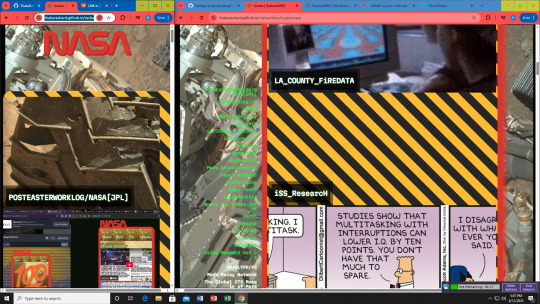Don't wanna be here? Send us removal request.
Text

Impact Melt Flows and Ponds
This image shows various crater-related features. Specifically, we see a raised mound in the middle, called a central uplift, and terraces (or ledges) on the crater wall. Within these locations are dark-toned deposits consistent with impact melt-bearing substances that behave as flows and ponded materials.
This Context Camera mosaic image shows a large 60-kilometer diameter crater named Mojave to the east of this HiRISE image. The impact melt-bearing material within the smaller crater likely originated from Mojave Crater. Therefore, we know that Mojave formed after this smaller crater.
As a result of the Mojave Crater impact, ejected material was transported to the smaller crater, some of which flowed around and some spilled inside and filled the topographic lows, such as on the terraces or the crater floor. Within the melt, we see evidence of “pitting.” Pitting comes from the release of volatile gases. These pits are commonly associated with and diagnostic of impact melt-bearing material on Mars and other rocky and ice-rich bodies in the Solar System.
ID: PSP_006993_1875 date: 23 January 2008 altitude: 278 km
NASA/JPL-Caltech/University of Arizona
45 notes
·
View notes
Text
Landing Page For EducationallyDense Blogs

4 notes
·
View notes
Text
NASA's Curious Universe: A Year in Mars Dune Alpha
2 notes
·
View notes
Text
2 notes
·
View notes
Text
#HUBBLE:MARS#OPUS:#PLANETARYDATASYSTEM

2 notes
·
View notes